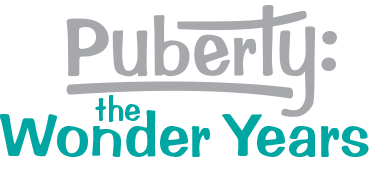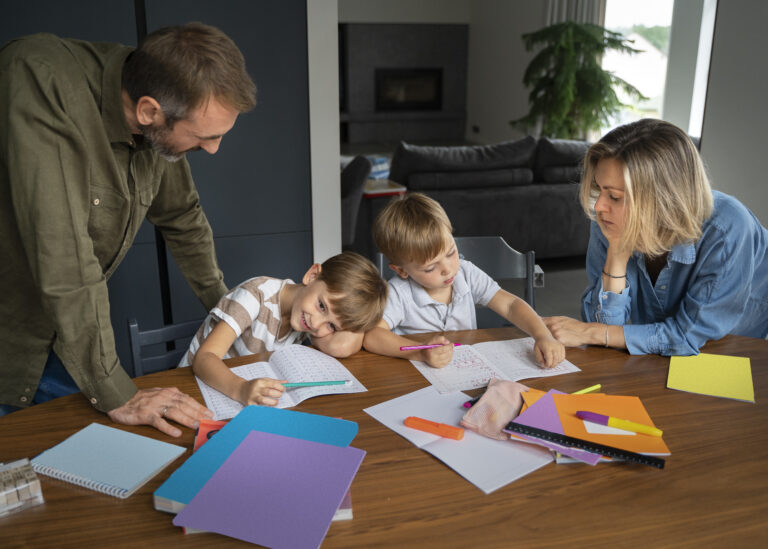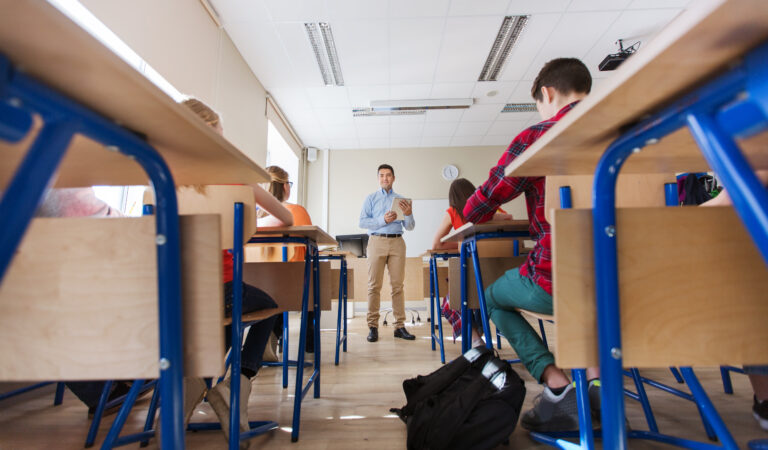Introduction
Puberty is a time of significant social-emotional change for young people, including young people with disabilities. Social-emotional development is related to a variety of factors, including an individual’s genetics, interactions with the environment, and personal experiences with various levels of community. Social-emotional growth shows that a young person is forming an independent identity and becoming an adult. While people with and without disabilities generally experience physical changes of puberty on a similar timeline, disability and the social-emotional changes of puberty may be more complex.
During puberty, people with disabilities have the same range of urges and feelings as people without disabilities. People with disabilities can also identify with any gender identity and sexual orientation. While puberty is typically a time for greater independence, changes in care or support needs can make independence difficult for people with disabilities (see Disability and the Physical Changes of Puberty). Care and support needs often impact dynamics with family, friends, and peers; and can pose barriers to social and romantic connections. Social community spaces may not be accessible or may only be accessible to people with certain needs. Less opportunity to be part of community means less opportunity to engage in appropriate social and sexual behavior.
Relationships come in many forms and play a key role in everyone’s sense of identity. Friendships build life skills, such as showing empathy, navigating conflict, and setting boundaries. Romantic relationships explore deeper feelings of connection, attraction, and commitment, and may include a sexual component that is often not present in friendship. Consent matters beyond sexuality and is a key ingredient for all relationships.
Supporting Students with Disabilities in Class
Educators can support the social-emotional development of people with disabilities through healthy relationships education and creating opportunities for social connection at school. Guidance on recognizing different communication styles and interpreting non-verbal communication is important as people with some kinds of disabilities may struggle with verbal language or social cues. Explain the difference between “being friendly” and “being friends” as friends usually have similar interests and mutually enjoy spending time together. Use prompts in lessons to help students practice navigating different social situations, including dating. Highlight that people with disabilities enjoy fulfilling relationships of all kinds with people of any ability status. Emphasize that people with disabilities can be loving partners and supportive parents to people of any ability status.
While access to social spaces in the community can be a struggle, support students in finding ways to connect positively with peers at school. Ideas that can help foster connections include group assignments, study buddy systems, class parties, and accessible field trips. Leadership positions or class jobs (like class secretary or hall monitor) can also be ways to support social-emotional development in students with and without disabilities who may have limited opportunities to be active in community outside of school.
When developing and introducing activities, invite students to share their identities and access needs. Never pressure anyone to share, and model respect in navigating disclosures. Boundaries can exist around questions on any aspect of identity. Unless relevant for safety, disclosures do not need to be complete or happen within a given timeframe. Sharing and responding should come from trust and self-advocacy rather than fear or pressure. Friendships, romantic, and sexual relationships should be partnerships of equal members. Nobody should feel pressured to stay in a relationship because of a disability.
Ensuring Safety
Abuse can be complex in relationships and is especially concerning for people with disabilities. When teaching students about abuse in relationships, stay calm and reinforce ideas of privacy, timing, safety, communication, and consent. Remind students that abuse can take many forms, and violence against people with disabilities exists in non-traditional forms as well. Examples of abuse should include sharing information about a person’s disability without their consent, withholding or damaging support devices, purposely administering medication incorrectly, not providing agreed upon support for basic needs, threatening or harming a service animal, and fetishization of disability which can lead to sharing images without consent.
When possible, offer supportive resources, and emphasize that everyone has the right to leave any situation that feels uncomfortable. All relationships have a balance of give-and-take, but all people deserve to be safe, supported and respected always.
This post is part 5 of a series on Disability and Sexuality written by guest blogger, Ashira Greenberg. Read part 1, Introduction to Disability and Sexuality and part 6 It Takes a Village: Working with Support People, Educators, and Health Professionals.
Notes and Resources:
- Puberty, Sexuality, and Behavior: How to Guide Young People with Disabilities, IncludeNYC
- Puberty and Sexuality and Children with Disabilities, Navigate Life Texas
- Friendships and Social Skills for Children With Disabilities and Special Health Care Needs, Navigate Life Texas
- Friendships After High School, Navigate Life Texas
- Supporting Youth with Disabilities: Building friendships, TASCC
- Supporting Youth with Disabilities: Dating & Intimacy, TASCC
- Let’s raise our awareness of LGBTQ+ kids and teens with disabilities, Children’s Minnesota
- Advocating for LGBTQ Students with Disabilities: A Guide for Educators and Parents/Guardians on Supporting LGBTQ Students with an IEP or 504 Plan, Human Rights Campaign, et. al.
- Abuse in Disability Communities, National Domestic Violence Hotline
Note on Person-First Language: This post uses Person-First Language as Person-First Language is generally considered to be the most respectful form for professional writing and/or talking about a group of people whose individual preferences are unknown. Individual preferences for Person-First Language or Identity-First Language are equally valid and should always be respected when referring to an individual.



